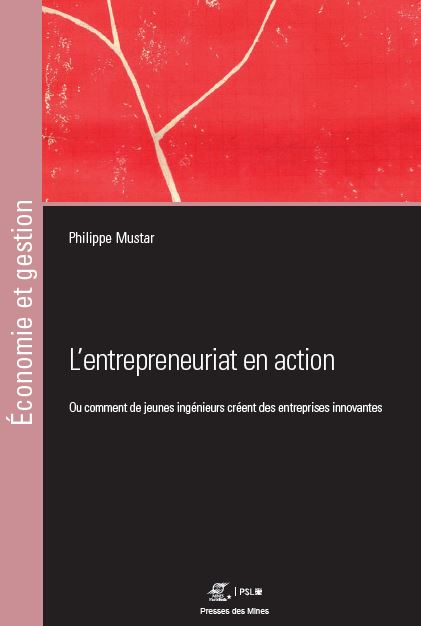Following two previous articles here and there and there again about this very interesting book, here are a few more lessons.
About selling a product
Expliseat is as rich as DNAScript in lessons especially about the description of how 3 young people with no experience in the field will find and bring together the skills to design, produce and sell. We also see one of the founders leaving the ship without the adventure stopping and finally page 186: During these years, Benjamin also learned that the only economic argument (“we make you earn money”), and more broadly those which are purely rational, are not sufficient to convince the customer:
“If you come up with a purely rational product, it’s not a good product, because the buying process isn’t one hundred percent rational. It was important for us to understand this. With the […] then the […], we said: “this is the best […] on the market”, but for the customer, the best […] is also a [product] which is beautiful, which one desires, which inspires confidence … It requires commercial work on the product to make it attractive. The end goal is that people no longer just buy a [product], they buy [our product], something that is beyond the product, they buy a brand, an industrial experience, a purchasing experience, a customer experience, an after-sales service… This is typically what you do when you buy an iPhone, you don’t buy a phone, you buy an Apple, you buy an experience, well it’s the same thing in industry and B2B ”. [Pages 194-5]
The “process of innovation”
What surprises about this story is the apparent mix of genres: the [product] is not yet certified, nor realized and entrepreneurs are already selling it. We are witnessing a real whirlwind in which the team experiments, manufactures, sells, tests, collaborates with various actors, negotiates certification, modifies the project, transforms the [product], changes alliances, partners and market, goes back, takes a detour to a research laboratory abroad, develops a new prototype… We are far from the classic model of innovation, a linear model where distinct stages follow one another: research, then experimental development, prototyping, industrialization and, last step, commercialization. In such a process, the customer or user is passive, she or he enters at the end and the only room for maneuver is to accept or refuse the innovation.
This linear process is a kind of relay race where the end of one stage marks the start of the next stage; and, within the company, each of these steps is the result of a different department: research department, design office, production department, then marketing and commercialization … This sequential vision has been widely criticized by literature, whether it is evolutionary economic theories, the sociology of innovation or the management of technology.
About the market
Expliseat seems to be coming at the right time in their [market]. Often companies with their innovation arrive too late or too early in the market they are targeting. The Greek word kairos [1] qualifies this moment, it is the time of the right moment, the instant of the opportunity. [Pages 195]
[1] The Greek god Kairos is the winged god of opportunity, to be seized when it passes. He is represented by a young man who has only a tuft of hair on his head. As he passes nearby, either you don’t see him, or you see him and do nothing, or you reach out and grab his hair, thus seizing the possibility, the opportunity.
I’ll let you explore the author’s use of the Scrabble metaphor to show you that there is no real innovation process out there, nor opportunity there, but permanent construction from next to nothing.
About decision making under uncertainty
The founders’ ability to act is found in particular in the multiple choices they are faced with, and in the variety of options available to them. For what type of aircraft can this ultralight seat be produced? What form should this take? What materials to use? Which shareholders to bring into the capital? Where to install the company? Should we do it or have it done/outsourced? Which subcontractor to work with? Which research laboratory should be mobilized to solve a specific problem? Which engineer to recruit? What modifications should be made to the structure of the seat? With which industrial partner to enter into an alliance? Which business strategy to choose? Which business model to adopt? At what price to sell the seat? How to organize the business? Etc.
Along with the diversity of actors that we have highlighted, the process I am studying is also populated with a multitude of choices. These are many options that entrepreneurs explore. Here too, they are as much technical as they are economic, organizational or social. The story of Expliseat is the story of an expedition, its actors engage in unknown territory: which options to choose, which to close, which to open or re-open? “To govern is to choose”, says the maxim of the Duke of Lévis. Many options explored in this story lead to dead ends, others that will be exploited lead to failures, and finally others lead to success – and one could say, after the fact, but only after the fact, that “it was the right choice”. [Pages 203-4]

